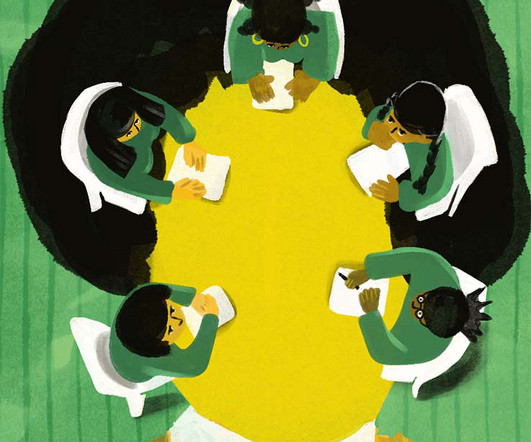Why Organizers Need Mobilizers and Mobilizers Need Organizers
Stanford Social Innovation Review
MARCH 18, 2024
The implication is that we need to approach social change not like we are seeking a silver bullet, but rather in search of collaborative principles that allow different people power strategies to coexist and stimulate productive change together. Rather than acting alone, GetUp!












Let's personalize your content